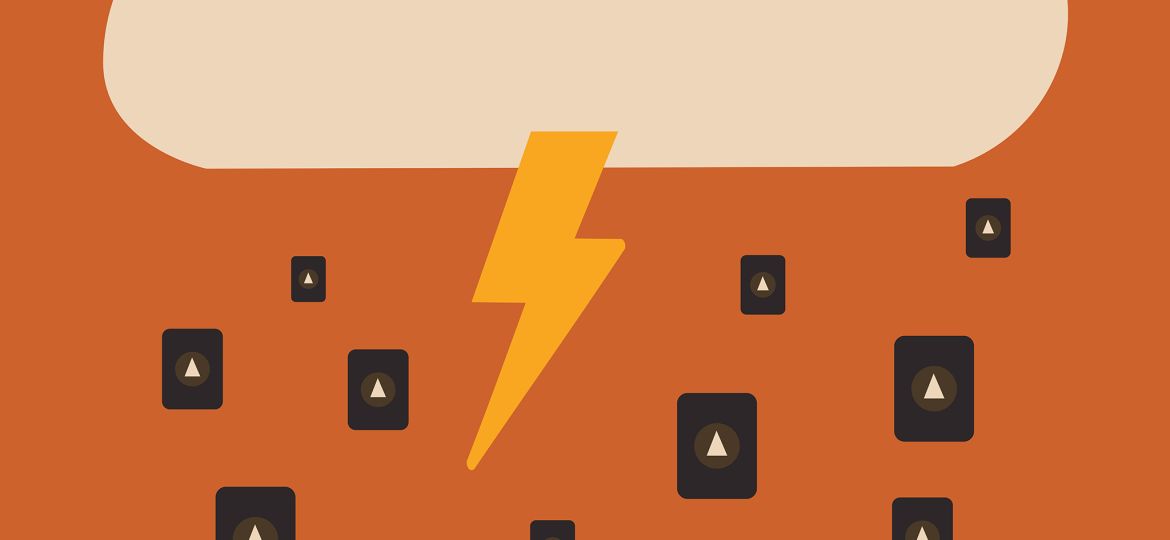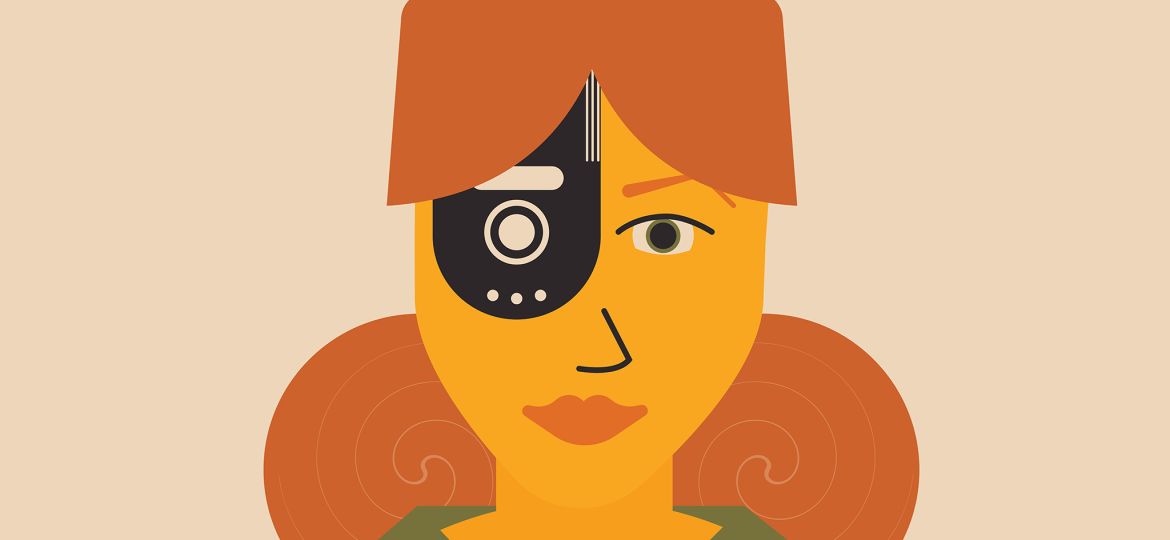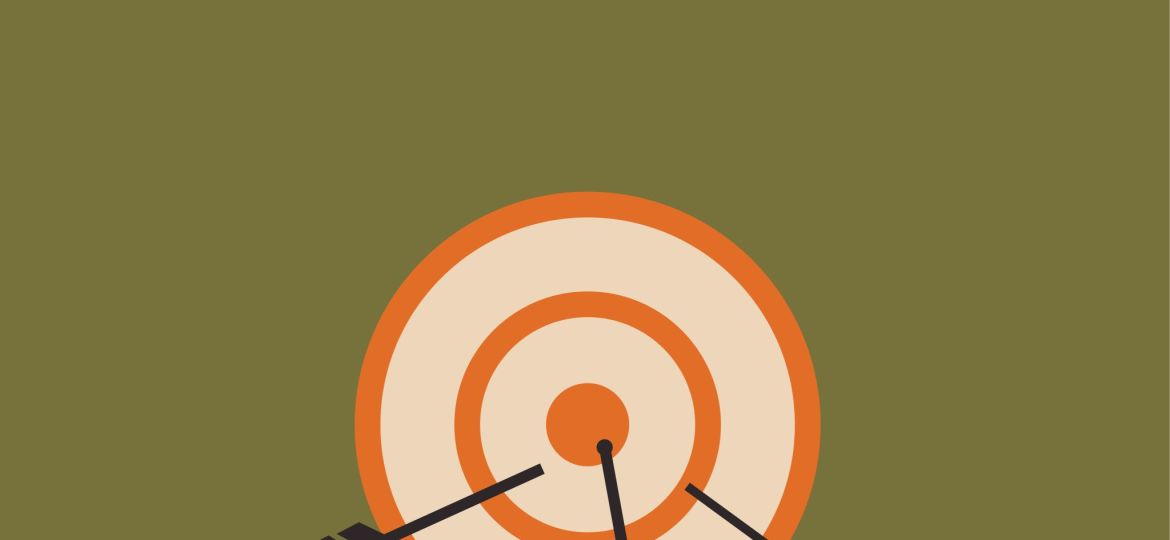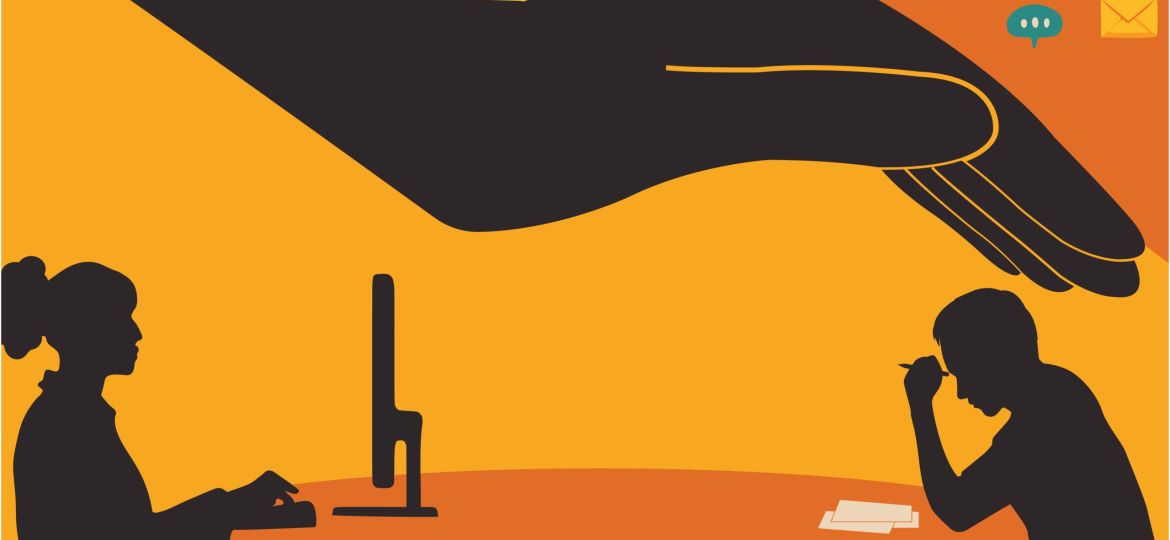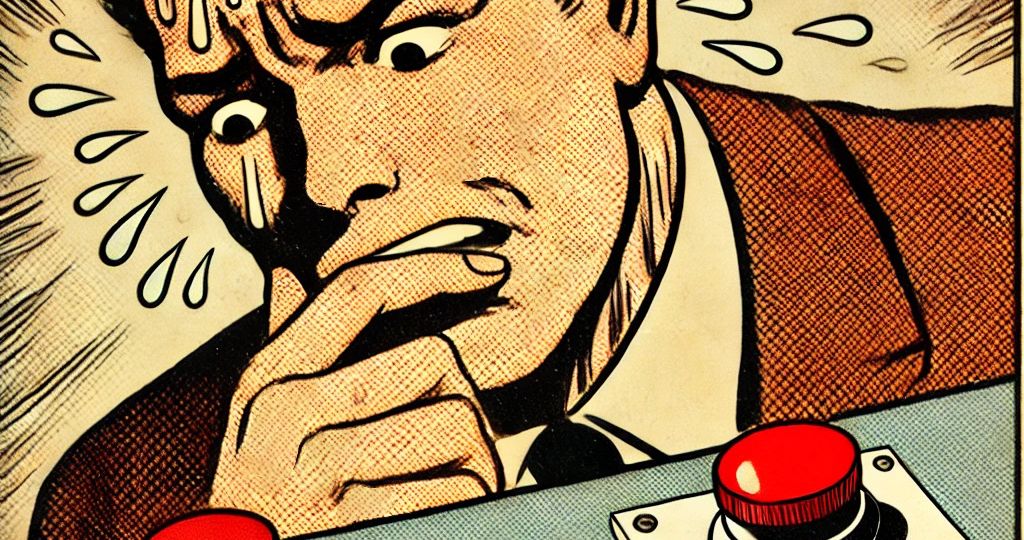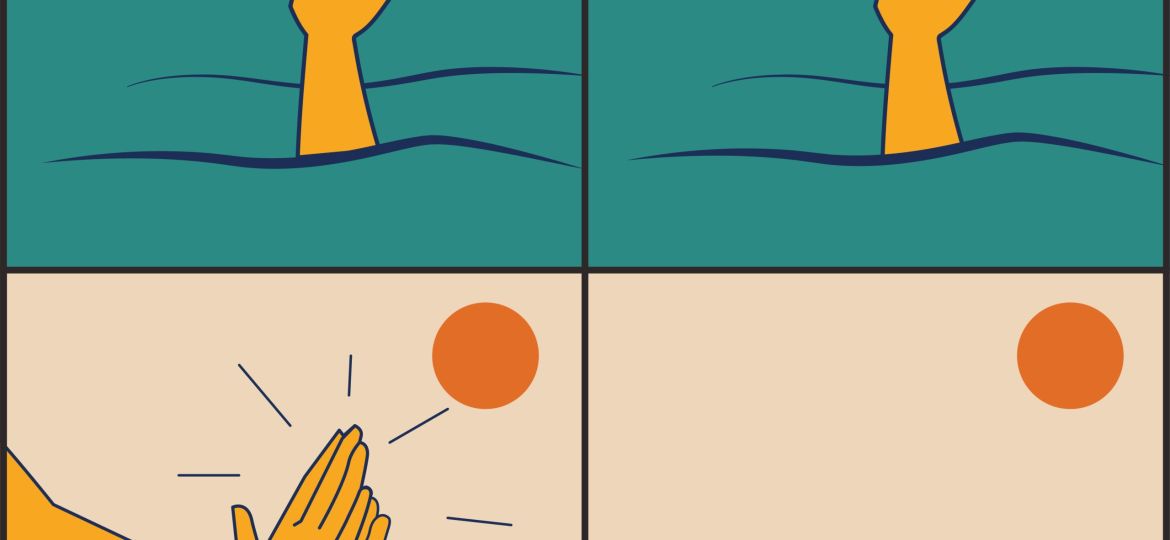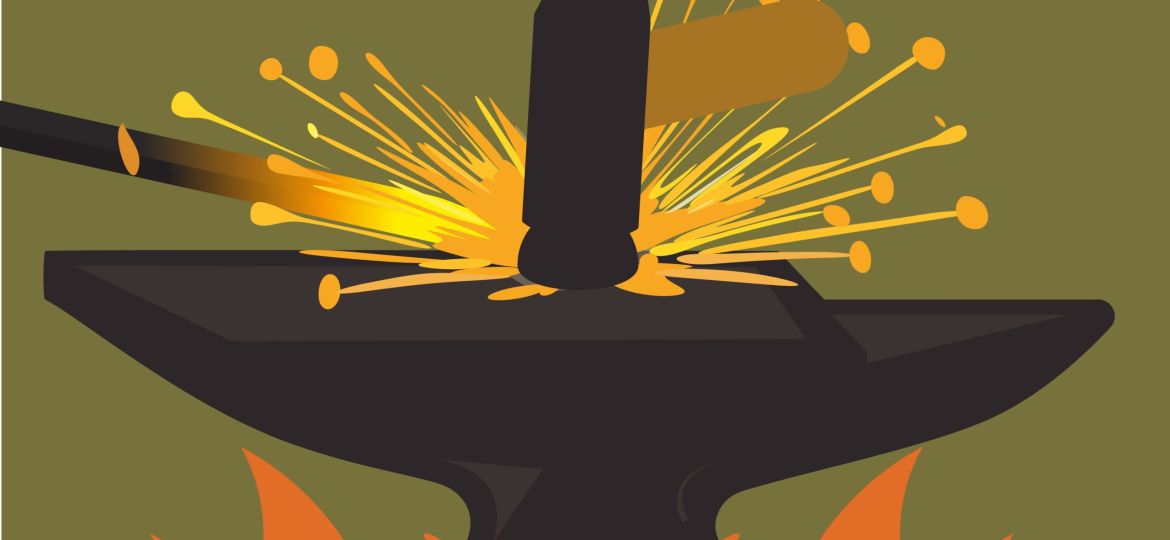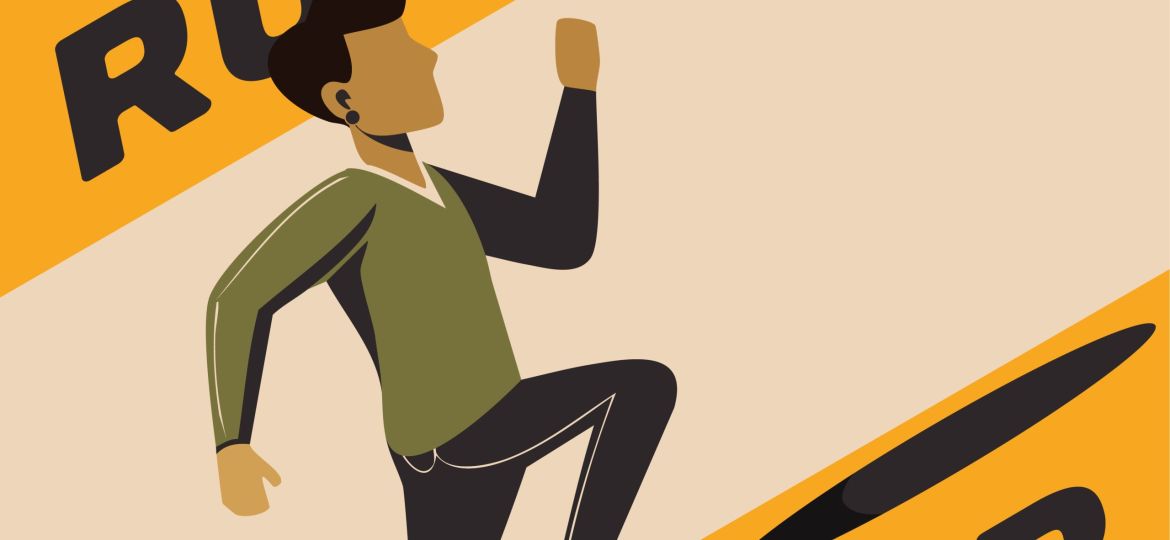Business owners are rightly curious about AI’s potential. It’s efficient, tireless, and increasingly skilled at producing decent first drafts. But what AI can’t do — and won’t be able to do anytime soon — is create meaning. That’s where creatives come in.
There’s no shortage of education in design. Every day brings another video, course, reel, or newsletter promising to unlock a new skill. And yet, for many graphic designers, this endless stream feels more suffocating than supportive.
AI is here. It’s not a trend, and it’s not going away. Understandably, many graphic designers feel uneasy about it— some even fear being replaced. But that fear, while human, doesn’t reflect the actual opportunity in front of us.
Many designers fall into the trap of thinking, Once I perfect my resume and portfolio, I can start applying for…
In creative workplaces, deep focus is essential. Yet, most modern offices— whether remote or in-person— are filled with interruptions. Slack…
“Take creative risks” is one of those phrases that gets thrown around often—by clients, by managers, by the occasional LinkedIn guru. But what does it actually mean?
Many designers feel unheard at work, whether by managers who don’t understand design, executives who prioritize speed over quality, or clients who assume their personal taste overrides expertise.
Leadership isn’t a fixed trait—it’s a skill set that evolves. If your leadership style no longer serves you or your team, it may be time to reassess and rebuild. Growth requires reflection, intentional change, and a willingness to unlearn old habits. Here’s how to refine your approach while staying true to your values.
Rush jobs are often framed as an unavoidable part of creative work—an occasional fire drill to keep things moving. But when last-minute projects become the norm, they don’t just disrupt workflow; they erode the foundation of good creative work.


